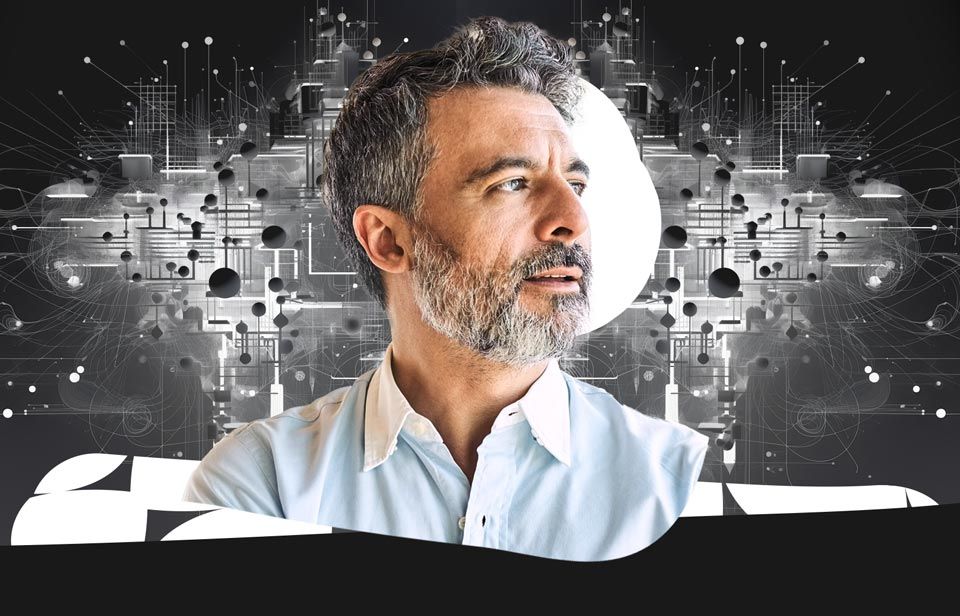Following on from our article, What can AI offer the profoundly human practice of coaching?, we explore how to equip leaders for the challenges of an AI-enabled world. To empower their workforce, leaders must focus on transparency, honest communication, and upskilling – set within a clear ethical frame.
The IMF recently estimated that almost 40 percent of global employment is exposed to AI, rising to 60 percent in advanced economies. This has significant implications for every organization and workforce. We know that AI presents immense opportunities for innovation, but “we get excited without understanding what we’re getting excited about or what kind of downsides there are,” says Terence Tse, Professor of Finance at Hult International Business School. And organizations are largely unprepared for implementing AI.
In the face of advanced digital technologies like AI, the nature of leadership has to change, and HR and other leaders can use their organizational intelligence to ensure it plays a positive role in their business. They should develop an ethical, human-centric approach, establishing trust and getting people comfortable with AI. “This depends on becoming digital savvy themselves and upskilling the entire workforce,” says Priya Guha MBE, Adjunct Faculty at Hult International Business School. “By supporting employees’ understanding of the technology, we can enable them to make good judgments about AI.”






)